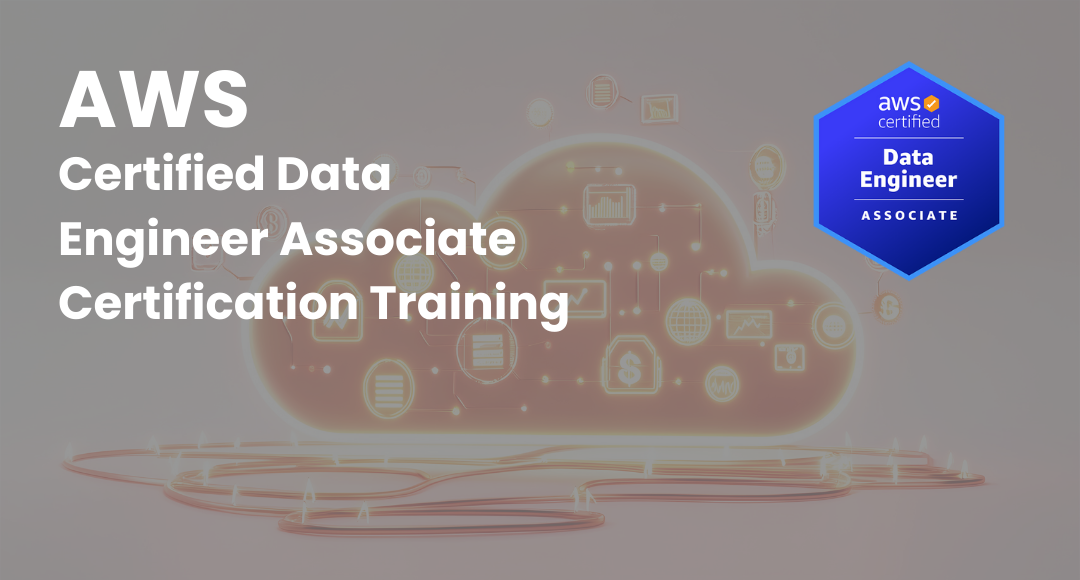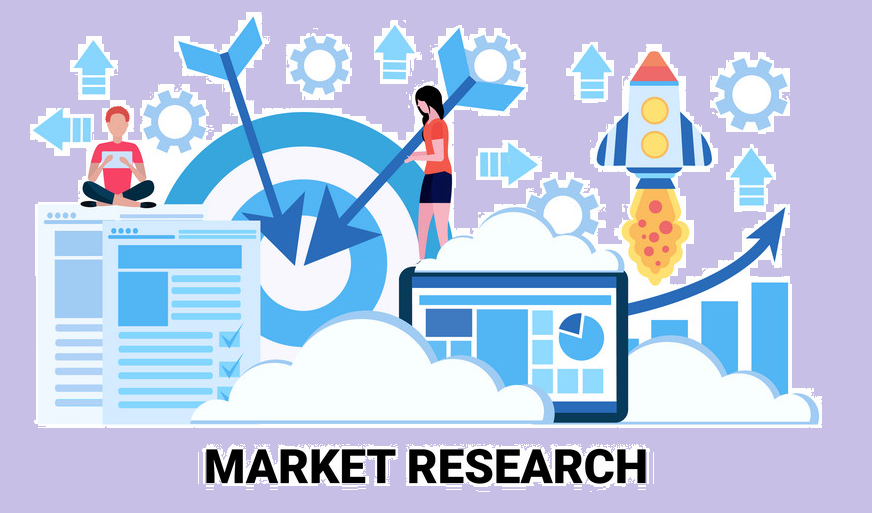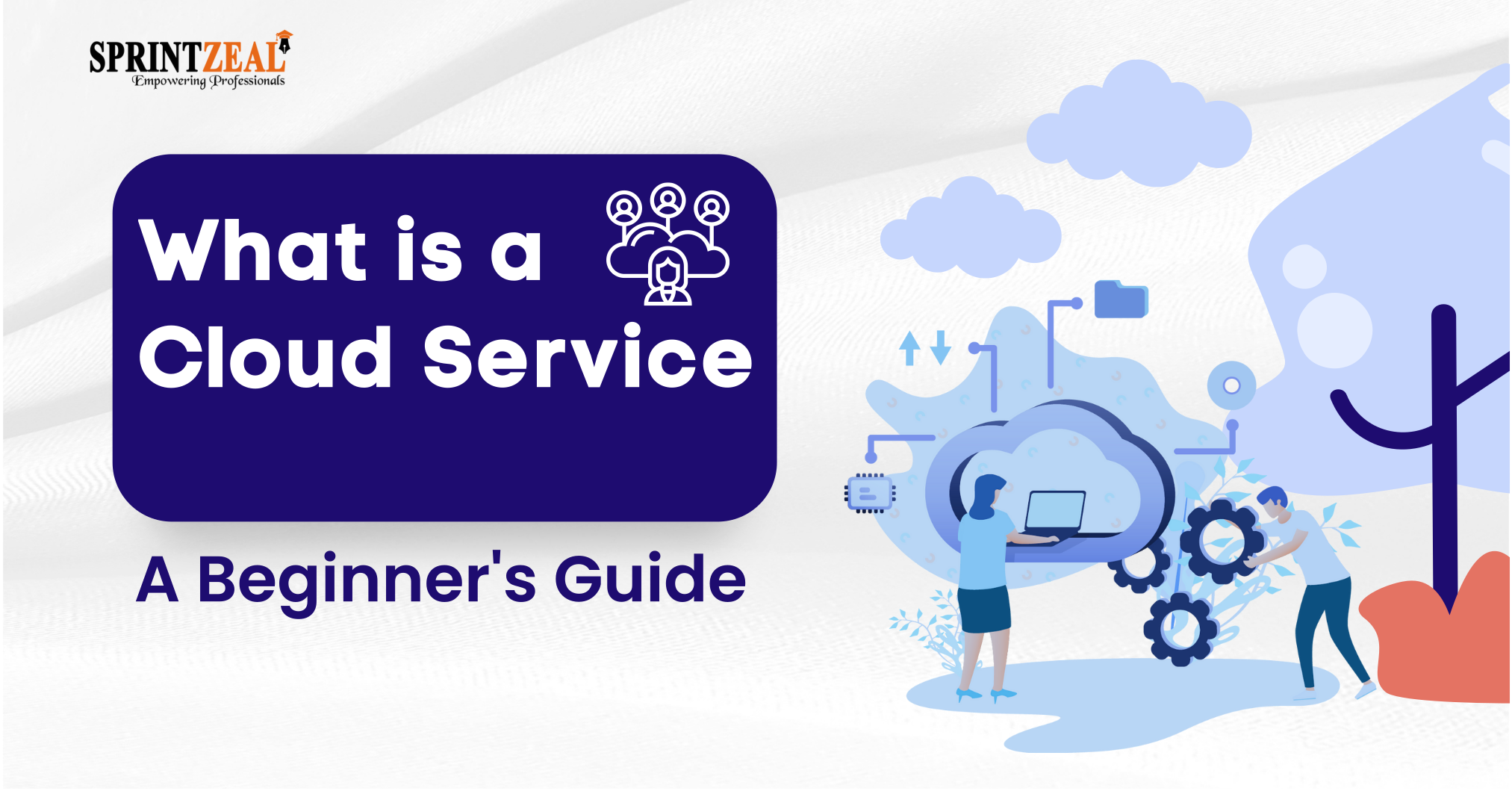Azure Pipeline Creation and Maintenance
-
 By Nandini
By Nandini - Published on May 16 2023

Table of Contents
Introduction
Azure Pipeline – Learn How to Create Azure Pipelines
Azure Pipelines routinely builds and examines code initiatives. It works with pretty much any language and any project. Azure Pipelines combines continuous integration (CI) and continuous delivery (CD) to check and construct your code and deliver it to any target.
Continuous Integration (CI) is the methodology utilized by improvement groups for automating, merging, and code testing. Implementing CI facilitates the identification of bugs at an early stage. It will allow fixing an issue at a much lesser expense in terms of money and effort. The automated testing process executes as a part of the CI manner to ensure excellent results are achieved. Artifacts are constructed from CI structures and fed to launch procedures to achieve typical deployments. The Build carrier in the Azure DevOps pipeline Server facilitates easy installation and helps CI for all available apps.
Continuous Delivery (CD) is how each code is developed, tested, and deployed to at least one or more single development environments. Deploying and code testing in different environments will increase the quality of service delivery. CI structures produce deployable artifacts consisting of infrastructure and apps. Automated launch procedures devour those artifacts to launch new variations and fixes to present structures. Monitoring and alerting structures usually run to develop visibility into the complete CD manner.
Continuous Testing (CT) on-premises or inside the cloud uses a computerized construct-set up. It allows us to quickly identify the workflows, with a preference for technology and frameworks. This testing methodology is fast, scalable, and works efficiently on all systems.
Learn more about Azure vs. AWS
What are the Version Control Systems?
The first and foremost factor required to start CI/CD configuration in all your applications is the source code for your systems. You also need to ensure that the version control is updated. Azure DevOps agents help types of versions - GitHub and Azure Repos. Any adjustments you push in your system's repository may be routinely constructed and validated.

Languages
You can use many languages with Azure Pipelines, including Python, Java, JavaScript, PHP, Ruby, C#, C++, and Go.
Application types
You can use Azure Pipelines with maximum software types, including Java, JavaScript, Node.js, Python, .NET, C++, Go, PHP, and XCode. Azure DevOps release pipelines have multiple tasks to their name and construct codes to test your software. For example, tasks exist to construct .NET, Java, Node, Android, Xcode, and C++ packages. Similarly, there are also activities created to run coding frameworks and services. You also can run command line, PowerShell, or Shell scripts to your automation.
Deployment objectives
Use Azure release Pipelines to set up your code to several objectives. Targets consist of digital machines, environments, containers, on-premises, cloud platforms, or PaaS services. You also can post your applications to mobile-based stores, including Playstore or iOS.
Once you've got non-stop integration in place, the following step is to create a launch definition to automate your software deployment to at least one or more than one environments. This automation manner is once more described as a group of duties.
Continuous testing
Whether your app is on-premises or within the cloud, you could automate construct-set up-take a look at workflows and pick the technology and frameworks, then look at your changes constantly in a fast, scalable, and effective manner.
• Maintain excellently and ascertain issues as you develop. Continuous testing with Azure DevOps build pipeline Server guarantees your app works continuously after each check-in environment and construction. It also allows you to locate issues in advance by running multiple routine tests in every constructive background.
• It can work on any test type and environment or framework. Choose from multiple technology and framework.
• Rich analytics and reporting. When your development is completed, take a look at the test results. This process will allow you to resolve multiple issues that you identify. Rich and actionable reports will also assist in immediately checking if the builds are healthier. But it is now no longer about speed, detailing alone. The development is customizable and allows you to consider multiple test results for the effective running of your applications.
Package formats
To produce programs that others may use, you could post NuGet, npm, or Maven programs to the integrated package deal control repository in Azure DevOps Powershell. You can also use the package repository created by others for any development project or reference.
What do I Need to Apply to Azure Pipelines?
To use the Azure Pipelines agent, you need:
• A company in Azure DevOps release.
• To have your original code saved in a repository or system that is version controlled.
Pricing
If you operate public initiatives, Azure DevOps deployment is free.
If you operate non-public initiatives, you could run as much as 1,800 minutes (30 hours) of pipeline jobs free each month.
Why do I Need Azure Pipelines?
Implementing CI and CD pipelines facilitate making sure there is quality and excellent code. This code is available for multiple users at their end without any hassle. Azure DevOps build agent affords a quick, easy, and secure manner to automate constructing your initiatives and making them be had by users.
Use pipeline in DevOps as it helps the subsequent scenarios:
• Works with any language or platform
• Deploys to distinctive kinds of objectives on the equal time
• Integrates with Azure deployments
• Builds on Windows, Linux, or Mac machines
• Integrates with GitHub
• Works with open-source projects and development codes.
Azure pipeline Artifacts is an extension that makes it effortless to discover, install, and develop NuGet, npm, and Maven programs in Azure DevOps. It’s deeply included with different hubs like Build so that bundle control can quickly become an integral part of your current workflows.
To construct your code or install your software program using Azure Pipelines, you want a minimum of one agent. Keep adding more code and people; you may ultimately want a larger space. When your pipeline runs, the device starts one or more jobs. An agent is a computing infrastructure with a hooked-up agent software program that runs one process at a time.

Microsoft-hosted dealers
If your pipelines are in Azure DevOps, then you have got a handy choice to run your jobs utilizing a Microsoft-hosted agent. These Microsoft-hosted agents, in turn, take care of maintenance, enhancement, and other activities that will be otherwise required during the development process. You get a new virtual device for every function within the pipeline whenever you run a pipeline. The virtual device is discarded after one process. Microsoft-hosted dealers can run jobs immediately at the VM or in a container.
Azure Pipelines offers a predefined agent pool named Azure Pipelines with Microsoft-hosted dealers. It may be the easiest option for many groups to run any jobs. You can strive for it first and notice if it works in your constructor deployment. If this virtual machine concept does not work, you could use a self-hosted agent.
Self-hosted dealers
An agent that enables installation and control of your very own to run jobs is self-hosted. You can use self-hosted dealers in Azure Pipelines or Azure DevOps Server, previously named Team Foundation Server (TFS).
Self-hosted dealers develop additional controls to put in a structured software program as required in your builds and deployments. Also, machine-level caches and configurations persist from run to run, improving speed.
You can set up the agent on Linux, macOS, or Windows machines. You also can set up an agent on a Docker container.
You can also refer to the following concepts to understand in detail, Azure
• macOS agent
• Linux agent (x64, ARM, ARM64, RHEL6)
• Windows agent (x64, x86)
• Docker agent
After you have done the installing agent on a machine, you could set up some other software program on that machine as required through your jobs.
Azure virtual machine
Azure machine scale set dealers may be known as self-hosted dealers that may be auto-scaled to fulfill your needs. This elasticity reduces the want to run agents always. Unlike Microsoft-hosted agents, you've got flexibility over the dimensions and the machines on which agents may run.
You specify a virtual machine scale set, most agents hold on standby, the widest variety of virtual machines in the scale set, and Azure Pipelines controls the scaling of your dealers for you.
Parallel jobs
Parallel jobs represent the wide variety of jobs you could run at an equal time on your employer. If your employer has a single parallel process, you could run the same process one at a time. It will also allow concurrent jobs to be queued till the primary process completes.
To run jobs at an equal time, you want parallel jobs. By releasing Azure Pipelines, you could run similar jobs on Microsoft-hosted infrastructure or on your very own (self-hosted) infrastructure. Microsoft offers a multi-tier provider through default in each org that consists of a minimum of one parallel process.
Depending on the wide variety of concurrent pipelines you want to run, you may wish for similar extra jobs to apply to a couple of Microsoft-hosted or self-hosted dealers at an equal time for additional data on parallel jobs and multiple ranges of the provider.
Capabilities
Every self-hosted agent has a fixed set of competencies that imply what it may do. Capabilities are call-fee pairs that are both mechanically located through the agent software program, wherein they may be known as machine competencies, or the ones you define, wherein case they may be known as user-defined competencies.
The agent software program mechanically determines numerous competencies, including the machine's call, form, and software program variations mounted on the gadget. Also, the surroundings variables described inside the device mechanically seem to be listed under the machine competencies.
When you develop a pipeline, you specify the precise needs of the agent. The machine, in turn, sends the process details to dealers who have similar coding matching the needs within the pipeline. As a result, agent competencies let you direct jobs to unique dealers.
Communication
Communication with Azure Pipelines
The agent conveys with Azure Pipelines or Azure DevOps Server to decide which process it wishes to run and document the logs and process status. This communique is constantly initiated through the agent.
All the communication from the agent to Azure Pipelines or Azure DevOps Server occurs over HTTP or HTTPS, relying on the way you configure the agent. This pull version lets the agent be configured in particular topologies.
Here is an unusual communique sample within the agent and Azure Pipelines or Azure DevOps Server.
1) The person registers an agent with Azure Pipelines or Azure DevOps Server by including it in an agent pool. You want to be an agent pool administrator to check in an agent in that agent pool.
Identifying the agent pool administrator is required handy at the time of registration and isn't endured at the agent; neither is it utilized in any similar communique among the agent and Azure Pipelines or Azure DevOps Server. Once the registration is done, the agent downloads a listener OAuth token and uses it to concentrate on the process queue.
2) The agent listens if a brand new process request has been published for it inside the process queue in Azure Pipelines/Azure DevOps Server the usage of an HTTP lengthy poll. When a process is available, the agent downloads the process in addition to a process-unique OAuth token.
This token is generated through Azure Pipelines/Azure DevOps Server for the scoped identification special withinside the pipeline. That token is brief-lived and is utilized by the agent to enter resources (for example, supply code) or adjust resources (for example, add check results) on Azure Pipelines or Azure DevOps Server inside that process.
3) After the process is completed, the agent discards the process-unique OAuth token and again checks if there may be a brand new process request to use the listener OAuth token. The payload of the messages exchanged between the agent, and Azure Pipelines/Azure DevOps Server is secured using uneven encryption. Each agent has a public-personal key pair, and the general public secret is exchanged with the server throughout registration.
The server uses the available public key to encrypt the payload of the process earlier than sending it to the agent. The agent decrypts the process content material through the usage of its key. It is how secrets and techniques saved in terraform azure pipelines or variable agencies are secured as they may be exchanged with the agent.
Communication to set updates to goal servers
When you operate the agent to set updates and artifacts to a fixed number of servers, it means having "line of sight" connectivity to the one’s servers. The Microsoft-hosted agent swimming pools, through default, have connectivity to Azure websites and servers strolling in Azure.
Suppose your on-premises environments do now no longer have connectivity to a Microsoft-hosted agent pool (that is usually the case because of intermediate firewalls). In that case, you may want to manually configure a self-hosted agent on the on-premises laptop(s).
The dealers have to connect to the goal on-premises environments and access the Internet to hook up with Azure Pipelines or Team Foundation Server, as proven in the following schematic.
Authentication
To check in as an agent, you want to be a member of the administrator position inside the agent pool. The identification of the agent pool administrator is required handy at the time of registration and isn't endured at the agent and isn't utilized in any following communique among the agent and Azure Pipelines or Azure DevOps Server.
In addition, you have to be a nearby administrator at the server for you to configure the agent.
Your agent can authenticate to Azure Pipelines the usage of the following method:
Personal Access Token (PAT): Generate and use a PAT to attach an agent with Azure Pipelines or TFS 2017 and more unique. PAT is the handiest scheme that works with Azure Pipelines.
The PAT has to have Agent Pools (read, control) scope (for a deployment institution agent, the PAT has to have Deployment institution (read, control) scope), and even a single PAT may be used for registering a couple of dealers, the PAT is used handy at the time of registering the agent, and now no longer for the following communique.
To use PAT with Azure DevOps Server, your server must be configured with HTTPS.
Interactive vs. service
You can run your self-hosted agent as both a provider and an interactive method. After configuring the agent, it is recommended to strive it in interactive mode to ensure it works. Then, for manufacturing use, it is recommended to run the agent in one of the following modes to stay strolling reliably. These modes also ensure that the agent evolves mechanically if the gadget is restarted.
As a provider, you can leverage the service supervision of the running gadget to control the lifecycle of the agent. In addition, the joy of auto-upgrading the agent is higher whilst it runs as a provider.
As an interactive method with auto-login enabling, in a few cases, you may want to run the agent interactively for development use - which includes running UI cases. When the agent is configured to run on this model, the display screen saver is likewise disabled.
Some area rules might also save you from allowing auto-login or disabling the display screen saver. In such cases, you could want to look for an exemption from the area policy or run the agent on a workgroup laptop in which the area rules now no longer apply.
Cloud computing is emerging as one of the most important fields in Information technology, if you are thinking to take up a professional certification course in cloud computing, check out Sprintzeal.
Sprintzeal offers a wide range of AWS certification training programs that are in alignment with industry standards. It is curated to meet the training needs of professionals. If you are aspiring to enhance your career with an AWS credential, chat with our course expert online.
Essential Resources:
Impact of AWS Certification on Cloud Computing Jobs
Amazon Certifications: List of Top AWS certifications in 2022
Top AWS (Amazon Web Services) Certifications:
AWS Solution Architect Certification
Subscribe to our Newsletters
Popular Programs
AWS Certified Solution Architect Professional
Live Virtual Training
- 4.5 (300 + Ratings)
- 38k + Learners
AWS Certified DevOps Engineer Certification Training
Live Virtual Training
- 4.2 (400 + Ratings)
- 36k + Learners
Microsoft Azure Administrator Associate AZ-104
Live Virtual Training
- 5 (560 + Ratings)
- 22k + Learners
Microsoft Azure Infrastructure Solutions (AZ-305)
Live Virtual Training
- 4.8 (560 + Ratings)
- 48k + Learners
Trending Posts
Amazon Certifications: List of Top AWS certifications in 2026
Last updated on Feb 7 2024
What is Cloud Computing? - Fundamentals of Cloud Computing
Last updated on Sep 4 2024
Career in Cloud Computing or Cyber Security
Last updated on Feb 11 2025
What is Private Cloud? - Definition, Types, Examples, and Best Practices
Last updated on May 3 2023
What is a Cloud Service - A Beginner's Guide
Last updated on Apr 18 2023
My learning path to become an AWS Solutions Architect
Last updated on Dec 17 2025
Categories
- Other 71
- Agile Management 48
- Cloud Computing 57
- Project Management 174
- Big Data 67
- Business Management 88
- Digital Marketing 81
- IT Service Management 29
- Programming Language 59
- AI and Machine Learning 85
- IT Security 112
- Quality Management 78
- IT Hardware and Networking 26
- Microsoft Program 5
- Workplace Skill Building 14
- Risk Management 9
- Information Security 8
- Leadership and Management 9
- Corporate Training and Development 1
Trending Now
Azure Vs Aws - Which Technology Is Better
ebookThe Impact of Internet of things on Marketing
ebookAWS Lambda - An Essential Guide for Beginners
ebookCareer in Cloud Computing or Cyber Security
ebookImpact of AWS Certification On Cloud Computing Jobs
ebookAmazon Certifications: List of Top AWS certifications in 2026
ebookAWS Interview Questions and Answers 2026
ebookAmazon Software Development Manager Interview Questions and Answers 2026
ebookAWS Architect Interview Questions - Best of 2026
ebookHow to Become a Cloud Architect - Career, Demand and Certifications
ebookWhat is Cloud Computing? - Fundamentals of Cloud Computing
ebookAWS Solutions Architect Salary in 2026
ebookAmazon EC2 - Introduction, Types, Cost and Features
ebookAWS Opsworks - An Overview
ebookCI CD Tools List - Best of 2026
ebookTrends Shaping the Future of Cloud Computing
ebookContinuous Deployment Explained
ebookDevOps Career Path – A Comprehensive Guide for 2026
ebookTop Kubernetes Tools in 2026
ArticleBenefits of Cloud Computing in 2026
ebookJenkins Interview Questions and Answers (UPDATED 2026)
ArticleA Step-by-Step Guide to Git
ArticleScalability in Cloud Computing Explained
ebookIoT Security Challenges and Best Practices-An Overview
ebookHow to Learn Cloud Computing in 2026 - A Brief Guide
ArticleCloud Engineer Roles and Responsibilities: A complete Guide
ebookTypes of Cloud Computing Explained
ArticleCloud Engineer Salary - For Freshers and Experienced in 2026
ArticleEssential Cybersecurity Concepts for beginners
ebookWhat is a Cloud Service - A Beginner's Guide
ebookTop 3 Cloud Computing Service Models: SaaS | PaaS | IaaS
ArticleWhat is Private Cloud? - Definition, Types, Examples, and Best Practices
ebookWhat Is Public Cloud? Everything You Need to Know About it
ArticleTop 15 Private Cloud Providers Dominating 2026
ebookWhat Is a Hybrid Cloud? - A Comprehensive Guide
ebookCloud Computing and Fog Computing - Key Differences and Advantages
ebookAzure Architecture - Detailed Explanation
ArticleMost Popular Applications of Cloud Computing – Some Will Shock You
ArticleTips and Best Practices for Data Breaches in Cloud Computing
ArticleWhat Is Edge Computing? Types, Applications, and the Future
ArticleMust-Have AWS Certifications for Developers in 2026
ArticleSalesforce Customer Relationship Management and its Solutions
ArticleCutting-Edge Technology of Google Cloud
ArticleSpotify Cloud: Powering Music Streaming Worldwide
ArticlePublic Cloud Security Checklist for Enterprises
Article12 Best Managed WordPress Hosting Services in 2026
ArticleLatest Azure Interview Questions for 2026
ArticleTop Coding Interview Questions in 2026
ArticleLatest Cloud Computing Interview Questions 2026
ArticleSafe file sharing for teams: simple rules that work
ArticleMy learning path to become an AWS Solutions Architect
ArticleClient Server Model—Everything You Should Know About
ArticleWhat Is Microsoft Azure? A Complete Cloud Computing Guide for 2026
ArticleDocker Tutorial for Beginners: Containers, Images & Compose
ArticleGit Merge vs Rebase: Differences, Pros, Cons, and When to Use Each
ArticleThe Invisible Infrastructure Powering Tomorrow’s Apps
Article


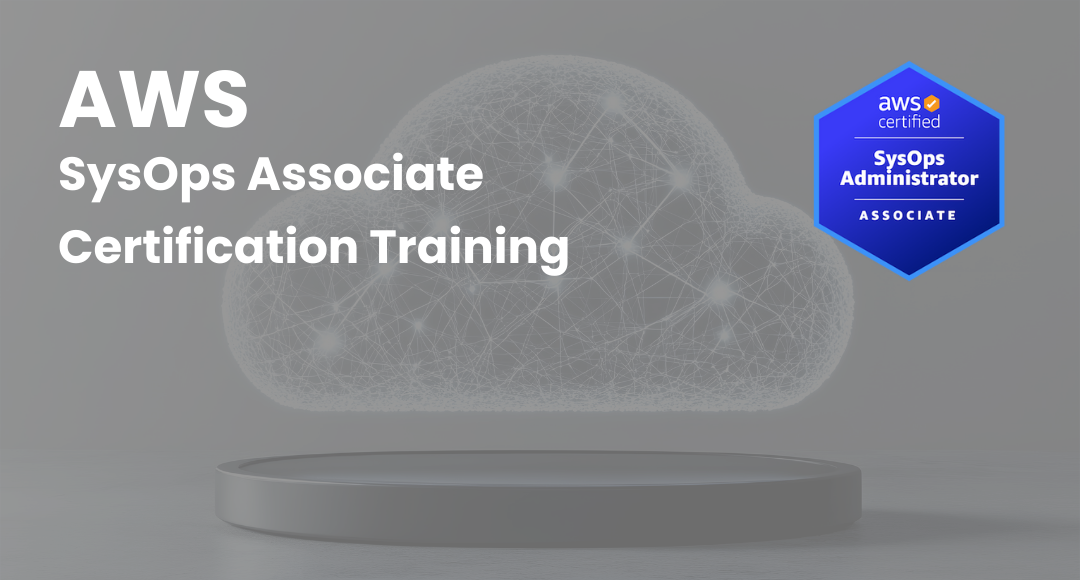

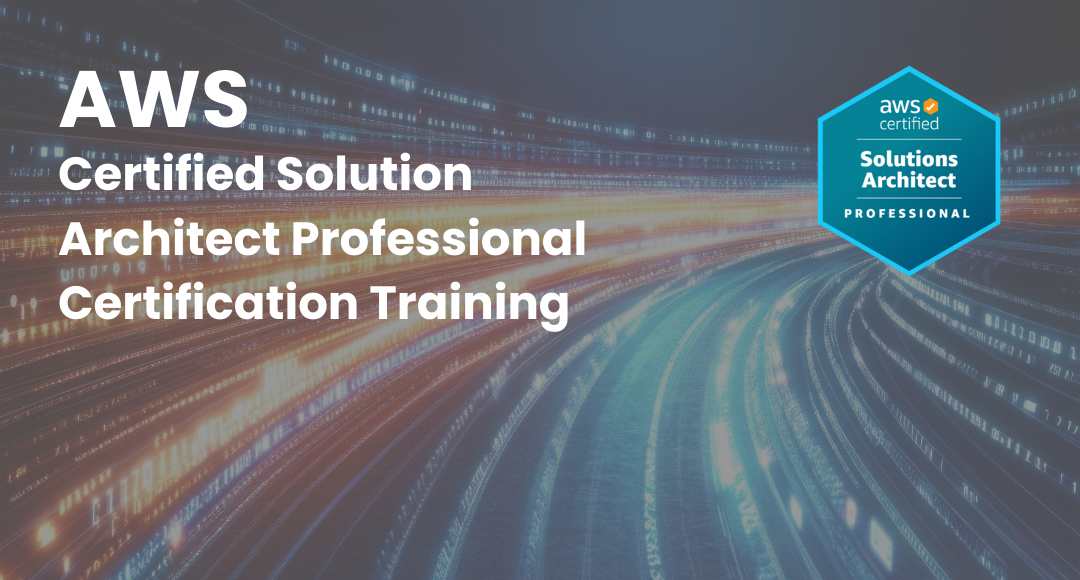


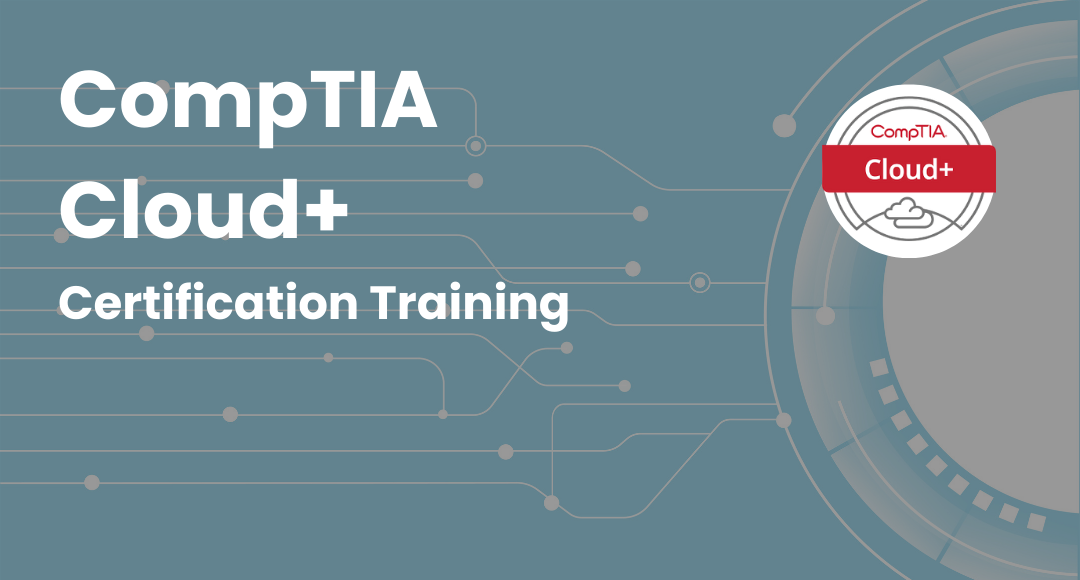
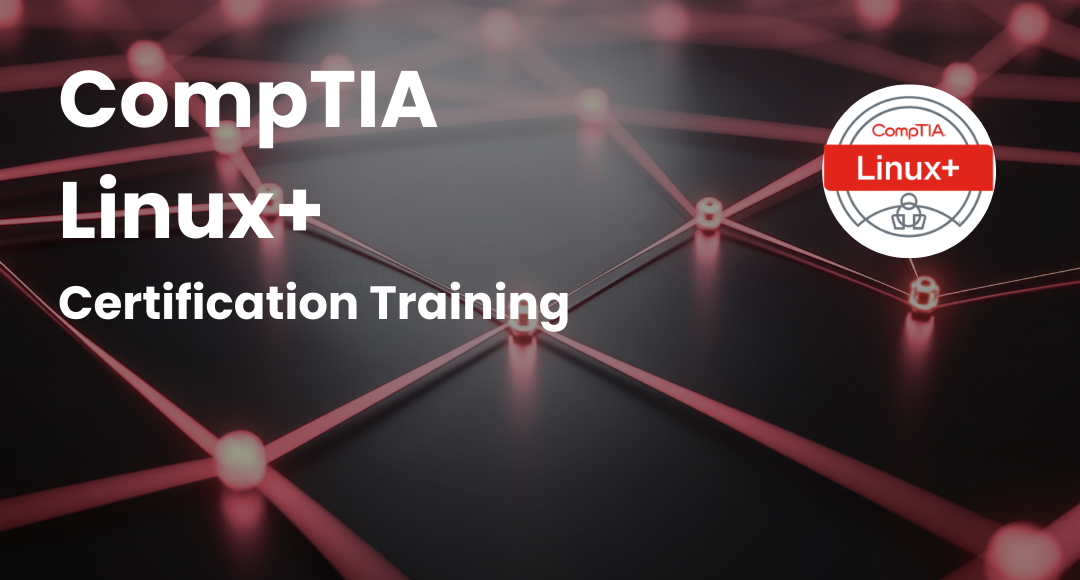
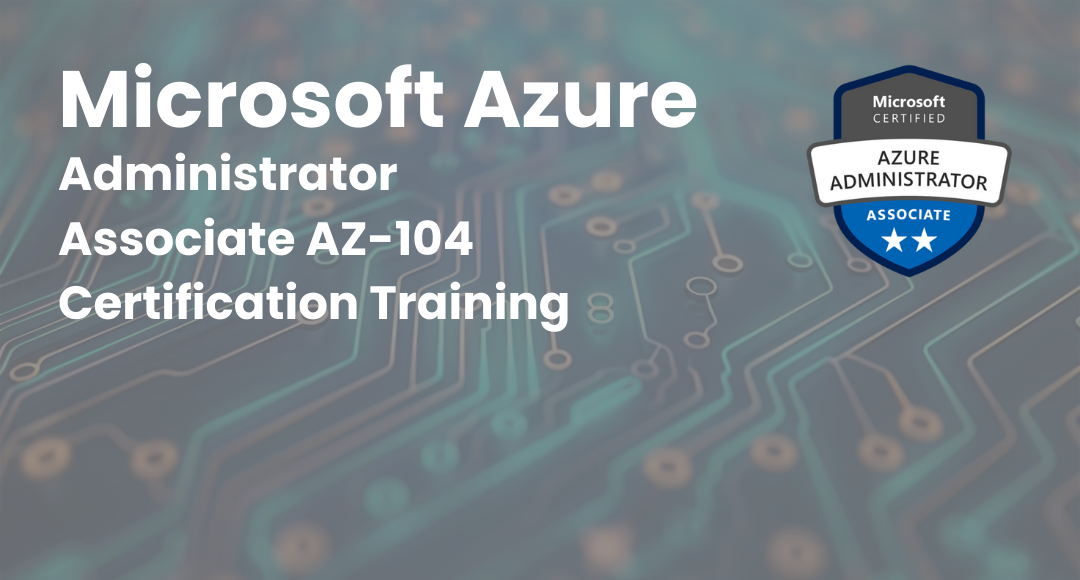
.png)
